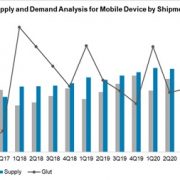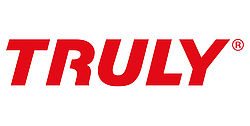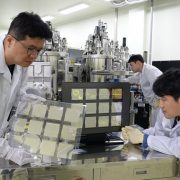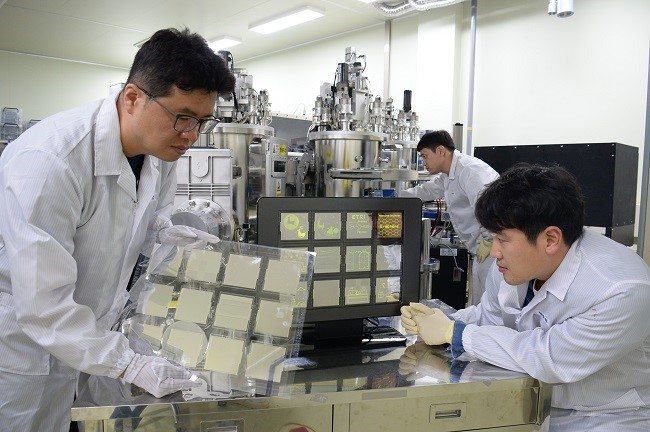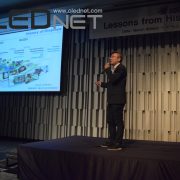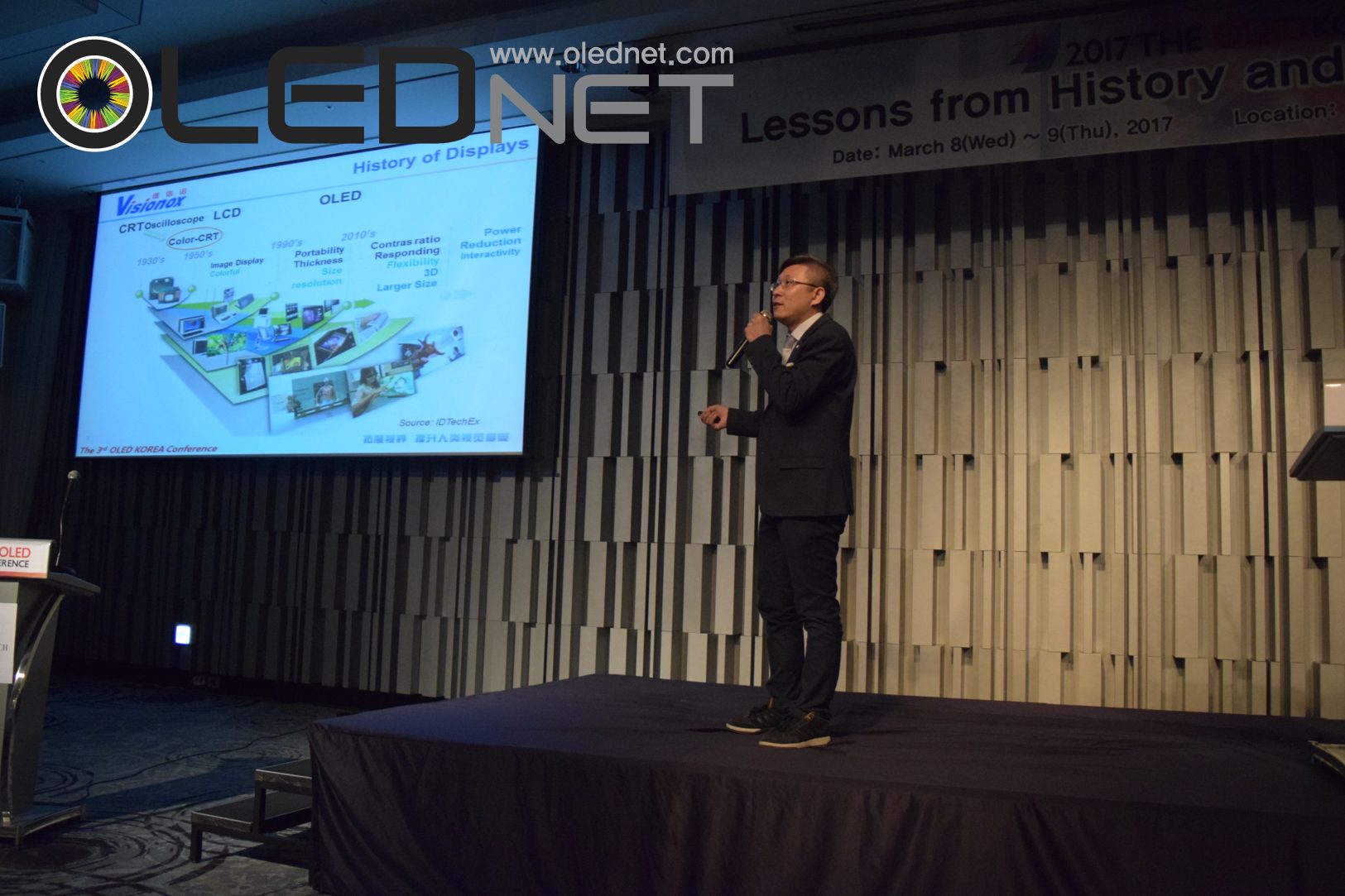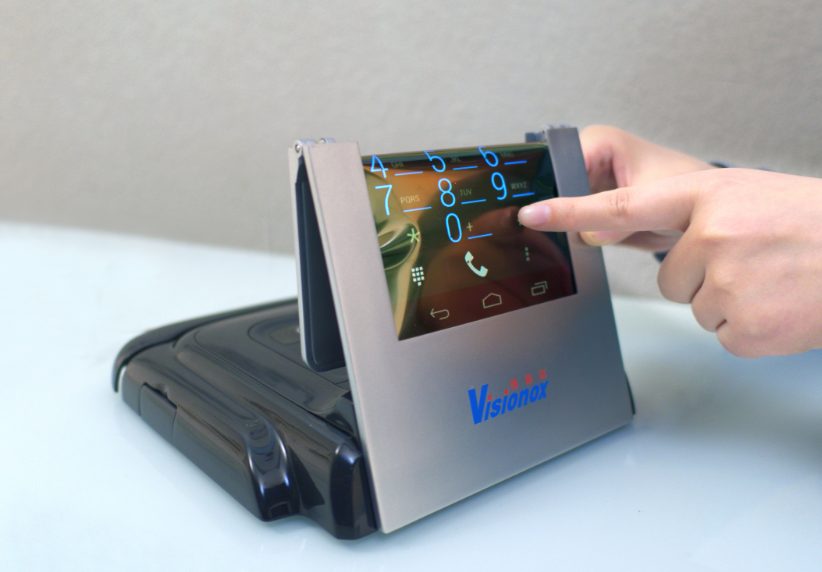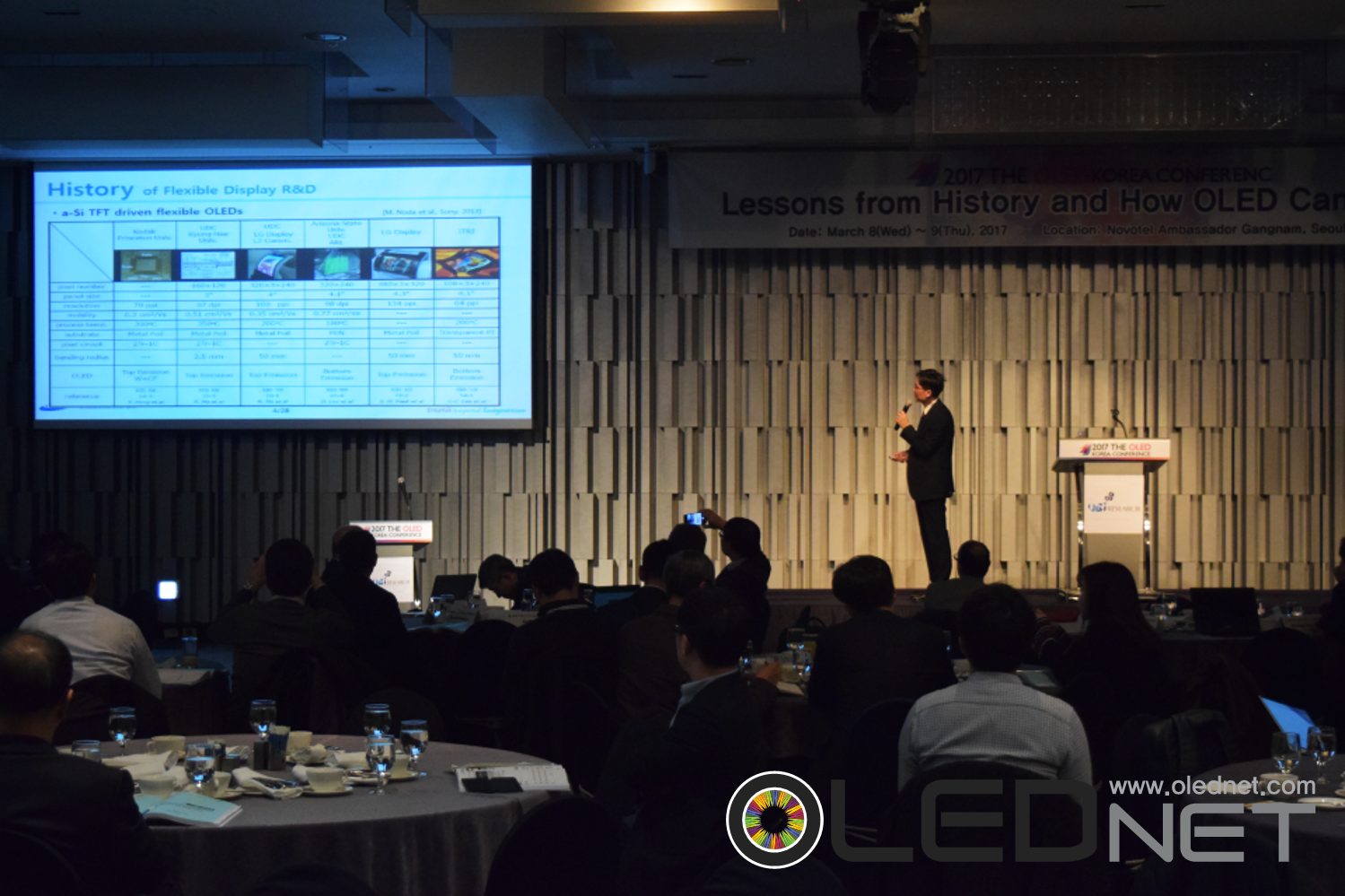‘18년 2분기 AMOLED Display Market Tracks’ 발간
유비리서치는 최근 2018년 2분기 시장 업데이트를 포함하는 “2Q 18 AMOLED Display Market Tracks”를 발간하였다. 이번에 발간한 내용은 OLED 디스플레이 패널 업체들의 투자 현황과 2018년부터 2022년까지의 OLED 디스플레이 시장전망, OLED 수요와 공급 트렌드, 그리고 삼성디스플레이와 전세계 OLED 디스플레이 패널 업체들과의 OLED 스마트폰 사업에 대한 경쟁력 분석을 포함하고 있다.
엑셀 스프레드시트에 Data의 형태로 발간된 시장 업데이트는 전세계 15개의 OLED 디스플레이 패널 업체들의 생산 라인 현황과 향후 투자를 통해 추가되는 라인 현황과 스마트폰, TV등 주요 OLED 어플리케이션 시장과 국가별 시장 전망 등을 주요 내용으로 다루고 있다.
삼성전자의 갤럭시S 시리즈와 Apple의 iPhone이 대부분의 시장을 점유하고 있는 프리미엄 스마트폰 시장이 예상치를 밑도는 실적으로 인해 2018년 1분기 전체 OLED 모바일 세트(스마트폰, 스마트 와치 등 포함) 시장의 수요는 작년 4분기 130백만대에서 98백만대로 감소했다. OLED 모바일 세트 시장은 Apple의 신규 스마트폰 모델이 출시되는 3분기까지 서서히 수요를 회복하여 2018년 말 경에는 작년 같은 시기 수요를 회복할 전망이다. 또한 삼성디스플레이가 중국시장에서 LCD와의 경쟁을 위해 모바일 용 Rigid OLED 패널의 가격을 약 25불 수준으로 낮춰 경쟁력을 확보함에 따라 하반기 스마트폰 시장의 회복에 긍정적인 영향을 줄 것으로 기대된다.
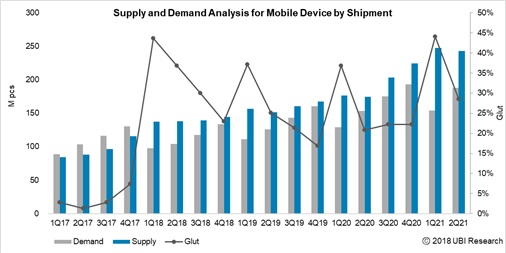
과거에 비해 신규 모델의 혁신적인 변화가 없는 등의 이유로 소비자들의 스마트폰 교체 주기가 길어지고 인도와 남미, 아프리카 등 제3세계 국가들을 제외한 대부분의 지역에서의 스마트폰 보급률이 거의 한계점에 다다라 최근 스마트폰 시장의 침체에 대한 전망이 대부분이다. 시장의 반등을 위해서 이전과는 다른 폼 팩터(Form factor)를 적용하기 위한 기술과 디자인에 대한 관심이 높아지고 있다. 이와 관련하여 올해 말 혹은 내년 초 출시를 예상하고 있는 삼성전자의 Foldable OLED 스마트폰을 놓고 기존의 엣지 형태의 플렉서블 디스플레이에서 (Static Flexible Display) 접는 형태의 플렉서블 디스플레이가 (Dynamic Flexible Display)가 새로운 스마트폰의 형태로서 성공할 것인가에 대해 관심이 집중되고 있다.
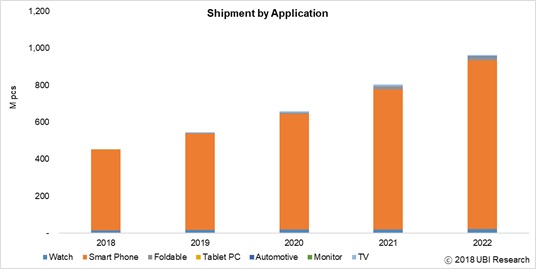
유비리서치는 2018년 4.3억만대의 OLED 스마트폰 시장이 2022년 약 2배의 9억대 수준으로 성장, Foldable OLED 스마트폰 시장은 2019년 약 1백만대에서 2022년 18백만대까지 성장할 것으로 기대하고 있다. 이는 LG디스플레이와 BOE등 삼성디스플레이 외 패널업체들의 OLED 패널 양산 라인 확대를 반영한 것으로 향후 신규 어플리케이션의 개발과 스마트폰 시장의 움직임에 따라 업데이트 할 예정이다.
OLED 패널 시장은 여전히 스마트폰 용 OLED 패널이 전체 시장의 91%를 점유하고 있으며 업체를 기준으로는 삼성디스플레이가 전체 OLED 패널 시장 실적의 90%를, LG 디스플레이가 뒤를 이어 약 7.8%를 차지하고 있는 것으로 나타났다.
스마트폰 시장에 비해 전세계 적으로 꾸준히 수요가 증가하고 있는 OLED TV는 올해도 수요에 비해 공급이 부족할 것으로 분석되며 유일한 OLED TV용 패널 공급업체인 LG디스플레이는 향후 5년간 생산확대를 위해 지속적인 투자를 진행할 예정이다. 최근 광저우 OLED TV 패널용 생산 공장의 승인으로 본격적으로 설비 반입 등이 진행될 예정이며 파주 P10 투자계획에도 지난해 LCD 생산라인 투자 검토에서 OLED TV용 패널 생산라인 투자를 진행하고 있는 것으로 확인됨에 따라 OLED TV 시장은 2022년 5,6 B달러 규모로 성장할 전망이다.

